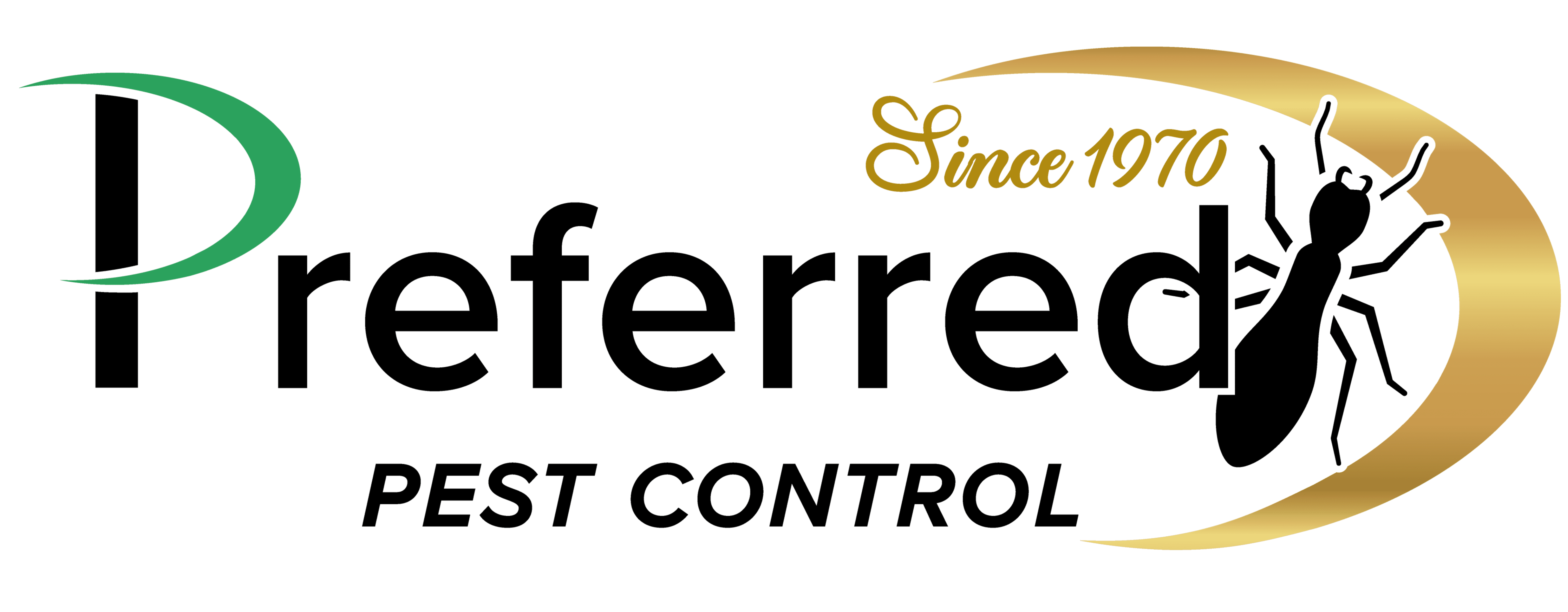What Termite Treatment Methods Are Most Effective for Subterranean Termites?
 Subterranean termites are a formidable enemy for any homeowner, given their ability to destroy the structure of a house from the inside out, often undetected until significant damage has occurred. Fortunately, advancements in pest control technology have provided us with several effective methods to combat these destructive pests. When it comes to treating subterranean termites, understanding the available treatments and their effectiveness is crucial for homeowners looking to protect their investment.
Subterranean termites are a formidable enemy for any homeowner, given their ability to destroy the structure of a house from the inside out, often undetected until significant damage has occurred. Fortunately, advancements in pest control technology have provided us with several effective methods to combat these destructive pests. When it comes to treating subterranean termites, understanding the available treatments and their effectiveness is crucial for homeowners looking to protect their investment.
Liquid Soil Treatments
Liquid soil treatments are a traditional and widely used method for combating subterranean termite infestations. This treatment involves applying a liquid termiticide to the soil around and beneath a structure. The termiticide creates a barrier that kills termites as they attempt to pass through it, providing long-term protection against future infestations. Modern termiticides are designed to be less toxic to humans and pets while remaining highly effective against termites. When properly applied by a professional, liquid soil treatments can protect a home from subterranean termites for up to five years or more.
Baiting Systems
Termite baiting systems represent a more modern approach to termite control. These systems involve placing bait stations around the perimeter of a home. The bait contains a slow-acting toxin that termites carry back to their colony, effectively eliminating the colony over time. Baiting systems are particularly appealing because they are less invasive than liquid treatments and offer a way to monitor termite activity. They require ongoing maintenance to check and refill bait stations as needed, making them a sustainable long-term solution.
Borate Treatments
Borate treatments involve applying a borate solution directly to wood surfaces in your home. This solution soaks into the wood, providing lasting protection against termites and other wood-destroying insects. Borate treatments are ideal for new construction or during major renovations when wood surfaces are exposed. While effective, this method is preventive and works best in conjunction with other termite treatment strategies.
Fumigation
While less commonly used for subterranean termites, fumigation is a method reserved for severe infestations that cannot be controlled with other treatments. This process involves covering the home with a tent and releasing a gas that penetrates all areas of the structure, killing termites inside. Fumigation is highly effective but also more disruptive, requiring homeowners to vacate the property for several days.
Integrated Pest Management (IPM)
Integrated Pest Management (IPM) is a comprehensive approach that combines multiple strategies to manage termite infestations. IPM focuses on prevention, using physical barriers, such as sand or steel mesh, to deter termites, in conjunction with chemical treatments and regular inspections. This holistic approach is tailored to the specific needs of your property, making it a highly effective way to prevent and control subterranean termite infestations.
Conclusion
When it comes to subterranean termites, there is no one-size-fits-all solution. The most effective termite treatment method depends on the extent of the infestation, the construction of the home, and the surrounding environment. A professional pest control expert can assess your situation and recommend the best treatment plan for your home. Regular inspections and proactive measures are key to protecting your home from the threat of subterranean termites.

